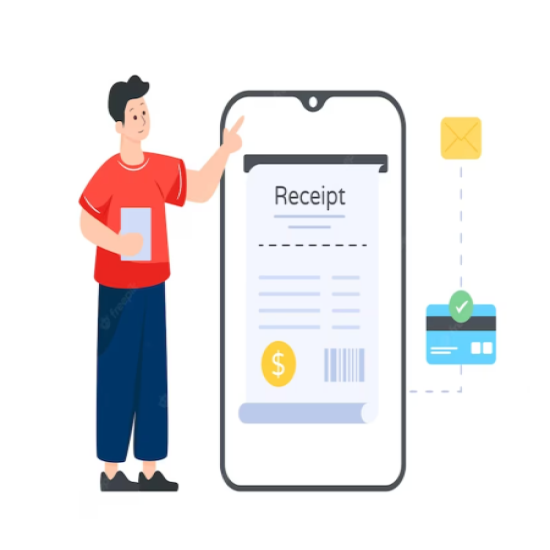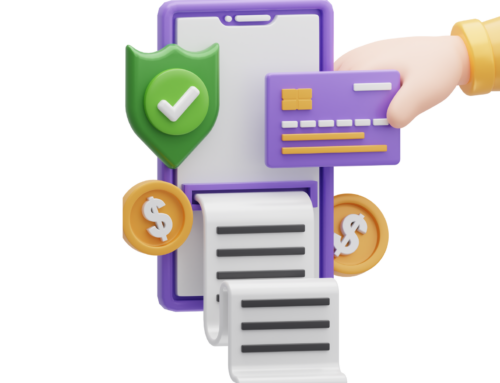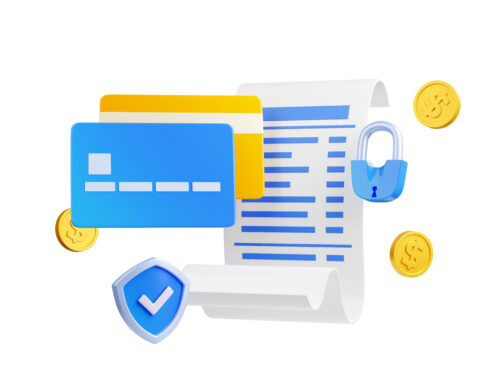In the current digital era, businesses are perpetually in pursuit of novel approaches to improve consumer experiences and foster loyalty. An often overlooked potential is in the realm of receipts. Businesses can unlock a plethora of opportunities for increased consumer engagement, data-driven insights, and ultimately, higher profits by transitioning from traditional paper receipts to digital formats. This article delves into the advantages of digital receipts and offers practical strategies for transforming them into a potent customer loyalty tool.
Comprehending the Digital Receipt Revolution
E-receipts, or digital receipts, are electronic versions of paper receipts that are transmitted directly to consumers via email or mobile applications. Although they may appear to be a straightforward technological advancement, they provide a plethora of benefits for both consumers and enterprises.
Advantages of Digital Receipts:
Sustainability: The reduction of paper consumption is a substantial stride toward environmental friendliness.
Cost Savings: The elimination of paper, ink, and printing expenses results in significant savings.
Improved Customer Experience: Digital receipts offer convenience, accessibility, and effortless storage.
Data-Driven Insights: Digital receipts provide valuable consumer data for analysis and personalization.
Enhanced Customer Engagement: Possibilities for loyalty programs and targeted promotions.
Converting Digital Receipts into a Loyalty Instrument
In order to fully capitalize on the potential of digital receipts, businesses must implement a strategic approach that emphasizes consumer engagement and loyalty. The following are several critical strategies:
1) Customization and Personalization
Customized Offers: Utilize purchase history to provide personalized discounts and recommendations.
Customized Receipt Content: Incorporate pertinent product information, care instructions, or usage recommendations.
Interactive Elements: Include hyperlinks to product reviews, social media, or loyalty program enrollment.
2) Loyalty Program Integration
Reward Points: Provide loyalty points for the opt-in to digital receipts or for the redemption of each digital receipt.
Tiered Benefits: Establish loyalty programs that are tier-based on the frequency of receipts or expenditures.
Gamification: Add fun and competitive features to encourage users to interact with receipts.
3) A Streamlined Customer Experience
A Variety of Delivery Options: Provide a range of options for receipt delivery, including email, SMS, and app-based options.
Clear and Concise Receipts: Employ straightforward formatting and information that is easily comprehensible.
Secure Data Management: Establish trust by prioritizing data privacy and security.
4) Utilizing Data to Gain Insights
Customer Segmentation: Perform an analysis of purchase patterns to identify customer segments for targeted marketing.
Inventory Management: Determine optimal stock levels by analyzing purchase data.
Customer Lifetime Value: Prioritize high-value consumers by calculating CLTV.
5) Customer Engagement
Feedback Mechanisms: Incorporate feedback forms or surveys into digital receipts.
Social Media Integration: Promote and incentivize consumers to actively share their experiences on various social media platforms.
Customer Support Channels: Offer customers effortless access to customer service via digital receipts.
Conclusion
The transition to digital receipts is not solely a technological change; it is an opportunity to redefine the customer experience and drive business growth. Businesses can transform digital receipts into a potent instrument for establishing enduring customer relationships and achieving long-term profitability by emphasizing personalization, loyalty program integration, customer experience, data-driven insights, and customer engagement.
Read More: Innovating Card-Linked Loyalty: The Impact of Digital Receipts on Customer Retention







